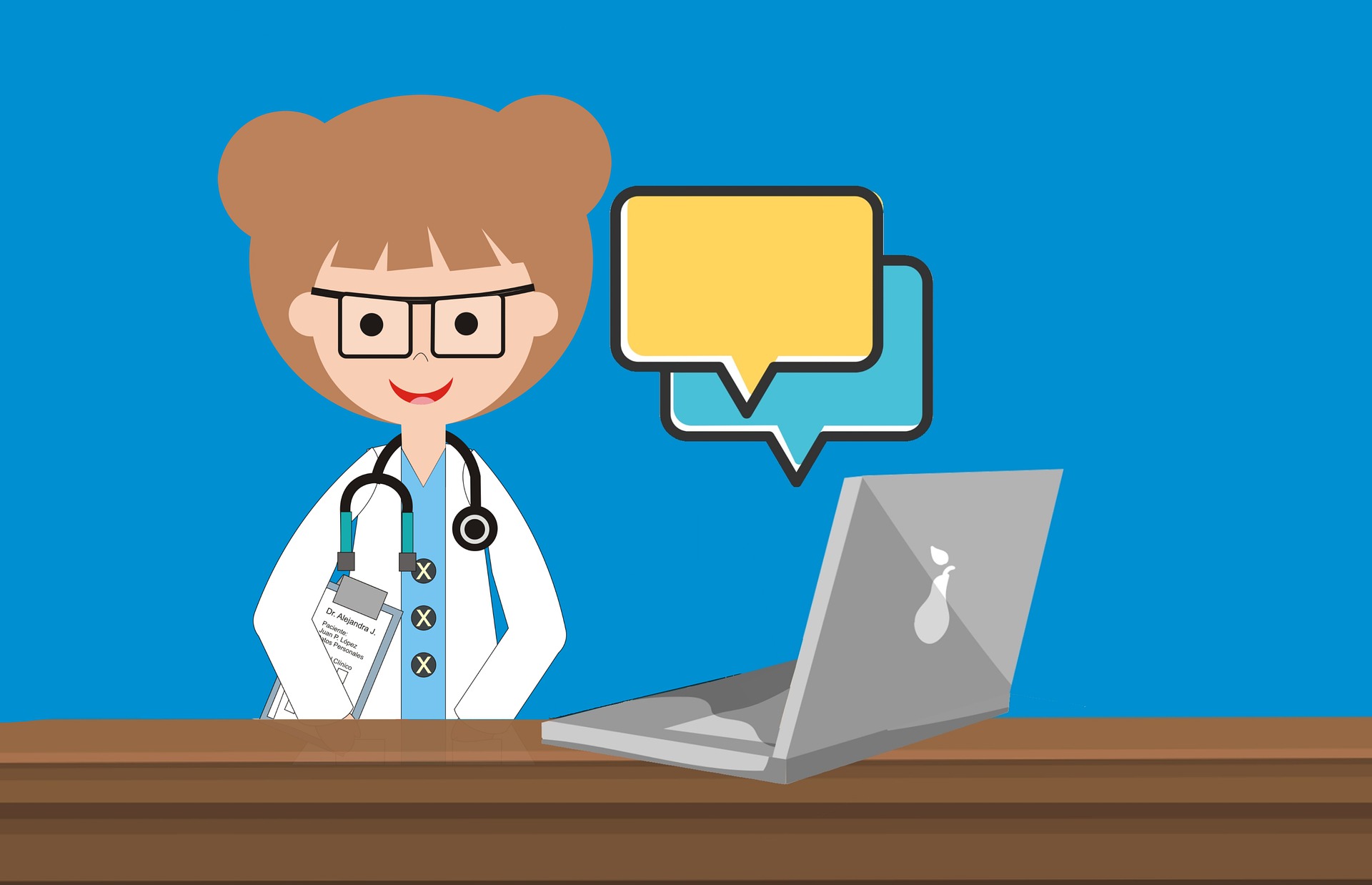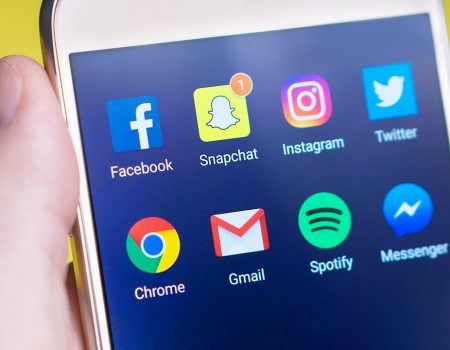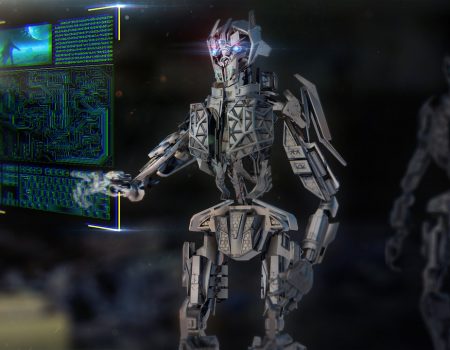Internet of Things Shaping the Healthcare System

Our Recent Posts

October 16, 2019
Push Notifications to Ensure Better Mobile App User Retentions
User retention is a big challenge facing app developers, as...

October 14, 2019
Machine Learning Set to Change Social Media Interactions
Social media has become an integral part of human life,...

October 12, 2019
Responsive Web Design – A Must in Our Smart Phone Era
A pronounced surge in the use of smart phones and...
